- Open 24/7
- psh@paruluniversity.ac.in
- Emergency Contact - 9016668241/9016668136/18008899774
- Home
- About
- Hospital
- Departments & Services
- All Departments
- Department of General Medicine
- Department of General Surgery
- Department of Gastroenterology
- Department of Nephrology and urology
- Department of Oncology & Oncosurgery
- Department of Cardiology, Cardiovascular & Cardiothoracic Surgery
- Department of Ophthalmology
- Department of Orthopaedics & Joint Replacement
- Department of ENT
- Department of Paediatrics
- Department of Skin & VD
- Department of Obstetrics & Gynaecology
- Department of Psychiatry
- Department of Respiratory Medicine
- Department of Neurosciences
- Department of Dentistry
- Department of Emergency Medicine
- Department of Plastic Surgery
- Department of Audiology
- Department of Kidney Transplant
- Non-Clinical / Support Services
- Vision Laser Centre
- Events
- Health Information
- Media Coverage
- Career with Us
- Clinical Research
Living Pain-Free: Modern Solutions for Chronic Joint Pain
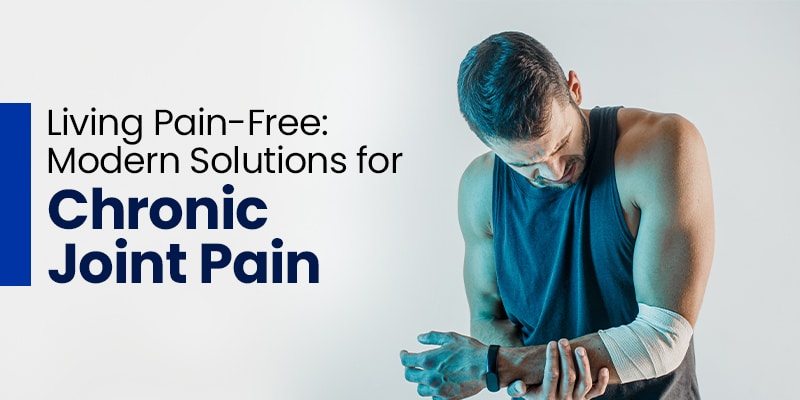
Living with chronic joint pain can feel like a silent battle—one that affects not just your mobility but your overall quality of life. In India, approximately 50% of middle-aged and older adults report experiencing joint pain, highlighting the widespread nature of this issue .
This blog delves into the causes of chronic joint pain and explores modern solutions, including non-surgical treatments, physiotherapy, and surgical options, to help you understand when to seek professional orthopedic care.
Understanding the Causes Behind Chronic Joint Pain
Chronic joint pain arises from various factors, each contributing to the discomfort experienced by individuals:
- Osteoarthritis (OA): A degenerative joint disease where the cartilage wears down over time. In India, the prevalence of knee osteoarthritis ranges between 22% and 39%, making it a significant concern .
- Rheumatoid Arthritis (RA): An autoimmune disorder causing inflammation in the joints.
- Injuries: Past injuries can lead to chronic pain if not properly healed.
- Overuse: Repetitive movements or overexertion can strain joints.
- Age: The natural aging process can lead to joint degeneration.
Understanding these causes is crucial in determining the appropriate joint pain treatment.
When Should You Seek Professional Orthopedic Care?
Recognizing the right time to consult an orthopedic specialist is vital:
- Persistent Pain: If joint pain lasts more than a few weeks without improvement.
- Swelling or Redness: Signs of inflammation that don’t subside.
- Limited Mobility: Difficulty in moving the joint or performing daily activities.
- Joint Deformity: Visible changes in the joint’s shape.
Early intervention can prevent further damage and improve outcomes.
Non-Surgical Treatments That Bring Long-Term Relief
Before considering surgery, several non-invasive treatments can offer chronic pain relief:
- Medications: Anti-inflammatory drugs can reduce pain and swelling.
- Injections: Corticosteroid injections provide temporary relief by reducing inflammation.
- Platelet-Rich Plasma (PRP) Therapy: Utilizes the patient’s blood components to promote healing. Studies indicate a 75% success rate in alleviating knee pain citeturn0search16.
- Physical Therapy: Tailored exercises to strengthen muscles around the joint.
These modern joint pain solutions can significantly improve quality of life without the need for surgery.
The Role of Physiotherapy in Managing Joint Pain
Physiotherapy for joints plays a pivotal role in managing and alleviating pain:
- Personalized Rehabilitation: Physiotherapists assess each individual’s condition and create custom treatment plans to target specific joint issues effectively.
- Improved Mobility and Strength: Through stretching and strengthening exercises, physiotherapy helps restore movement and build support around the joints.
- Long-Term Pain Relief: Unlike quick fixes, physiotherapy focuses on addressing the root causes of joint pain for lasting relief.
- Post-Surgery Recovery Support: It plays a vital role in helping patients regain mobility and confidence after joint surgeries.
A study comparing active physiotherapy to conventional methods found significant improvements in pain and function over a 12-month period
Surgical Options for Advanced Joint Conditions
While most cases of joint pain can be managed with non-surgical methods, some individuals may require surgery, especially if they have advanced joint damage or if non-invasive treatments fail to provide relief.
Some common surgical options for joint pain include:
- Arthroscopy: A minimally invasive procedure to diagnose and treat joint issues.
- Joint Replacement: Replacing the damaged joint with a prosthesis, commonly performed for hips and knees.
- Osteotomy: Realigning bones to relieve pressure on the joint.
These procedures aim to restore function and alleviate pain in severely affected joints.
Lifestyle Habits That Support Healthy Joint
A few lifestyle changes can go a long way in preventing joint pain and maintaining joint health. Here are some tips to consider:
- Maintain a Healthy Weight: Extra weight puts added pressure on the joints, particularly in weight-bearing joints like the hips, knees, and ankles. Keeping your weight in check can reduce the strain on your joints and minimize pain.
- Exercise Regularly: Regular physical activity strengthens the muscles around the joints, improving their stability and reducing the risk of injury. Focus on low-impact activities like walking, cycling, or swimming, which are easier on the joints.
- Stay Hydrated: Proper hydration is essential for maintaining the lubrication of the joints, helping to reduce friction and discomfort.
- Practice Good Posture: Good posture reduces unnecessary strain on the joints, particularly in the spine and knees. Be mindful of how you sit and stand to avoid joint misalignment and pain.
- Get Enough Sleep: Sleep is crucial for tissue repair and inflammation control. Poor sleep can exacerbate pain, so aim for 7–8 hours of quality rest every night.
- Avoid Smoking and Limit Alcohol: Both habits can contribute to bone and joint degeneration. Keeping these in check supports overall joint and bone health.
How Parul Sevashram Hospital Helps You Live Pain-Free
At Parul Sevashram Hospital in Vadodara, we offer comprehensive orthopedic care tailored to individual needs:
- Expert Orthopedic Team: The hospital is home to skilled specialists who offer advanced joint pain treatment and surgical care tailored to individual needs.
- Comprehensive Care Under One Roof: From diagnosis to physiotherapy and post-operative rehab, every stage of joint care is covered seamlessly.
- Modern Facilities and Technology: State-of-the-art equipment ensures accurate diagnosis and effective treatment, supporting quicker recovery.
- Patient-Centric Approach: Each treatment plan is designed with patient comfort, lifestyle, and long-term health in mind.
Our commitment is to provide modern joint pain solutions that enhance your quality of life.
Conclusion
Chronic joint pain doesn’t have to control your life. Whether through physiotherapy, medication, or surgery, there are modern solutions available that can help you manage pain and improve your joint function. By seeking timely orthopedic care and incorporating healthy lifestyle habits, you can live pain-free and continue to enjoy the activities you love.
At Parul Sevashram Hospital, our comprehensive joint pain treatment programs are designed to address your unique needs, guiding you towards a pain-free and active lifestyle.
Take the first step towards relief—consult our Orthopaedic Department today.
Written by Parul Sevashram Hospital | 8 April 2025


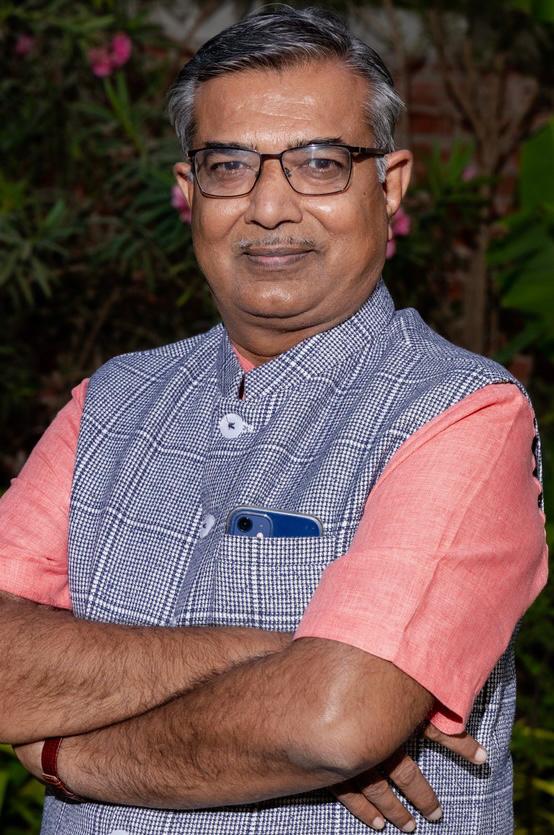 Dr. Jagdish T. Gohil
Dr. Jagdish T. Gohil
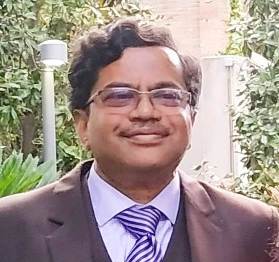

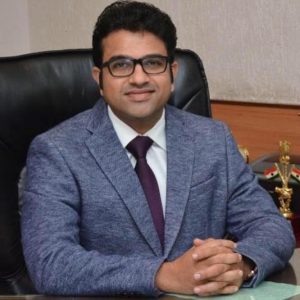
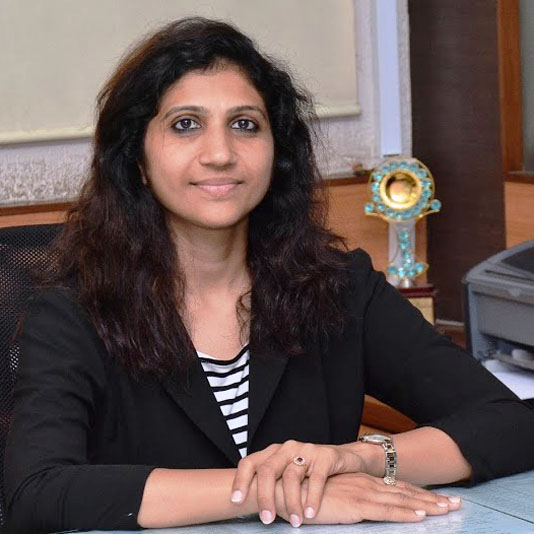
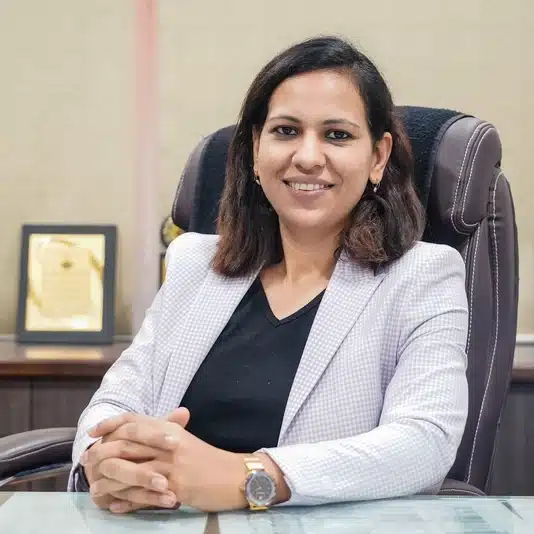
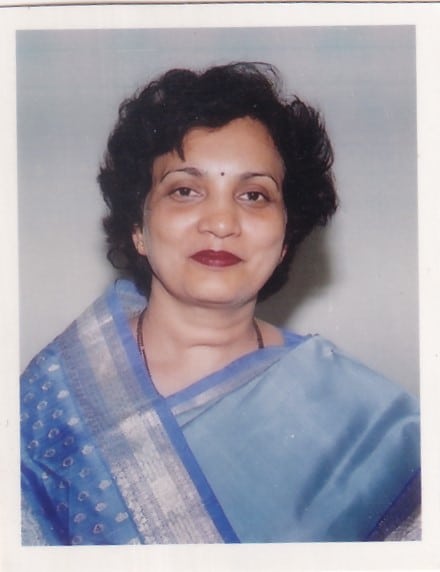 Dr. Mrs. Kalpana R. Sulhyan
Dr. Mrs. Kalpana R. Sulhyan